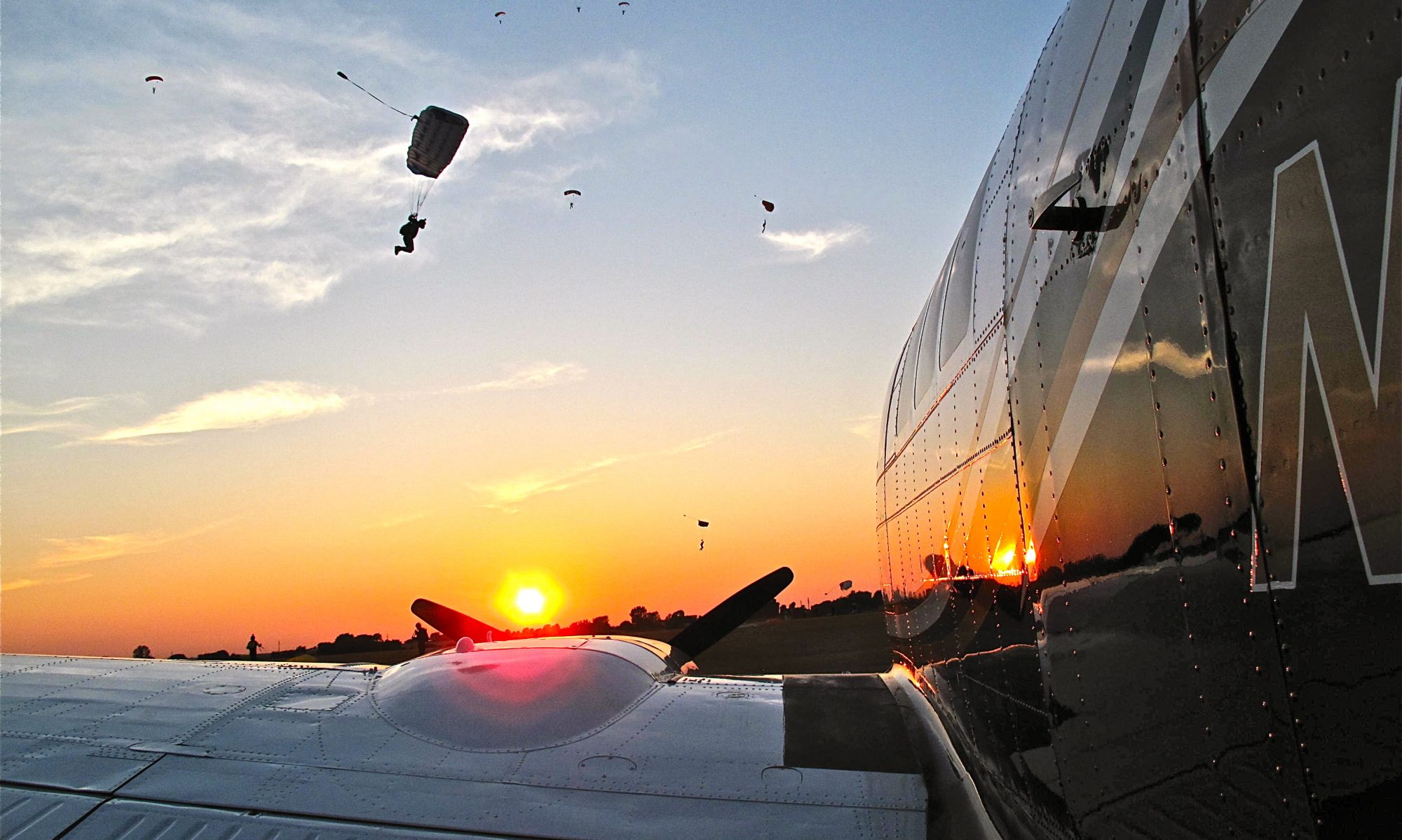Johnny Can Read, But He Can’t Land
By Paul Bertorelli
|
|
Landing an airplane might not be particularly difficult, but doing it well consistently—especially in gusty conditions—isn’t easy. Year after year, this is reflected in the NTSB database. The leading type of accident for most aircraft is what we call R-LOCs or runway loss of control. This broad category describes a multitude of aeronautical blunders—from crosswind-induced excursions, to drop-ins, to landing long or short or just running into stuff. (Runway lights, localizer bars and, yes, cows.)
Lately, I’ve been researching LSA accidents and here the R-LOC problem is more pronounced. This is no surprise; LSAs are lightly wing loaded and most have much lighter control forces than do even the lightest certified aircraft, say the Cessna 152. Just as an example, I compared the R-LOC rate for 10 of the most popular LSAs to that for Cessna 152. It’s more than five times higher. In other words, on a per-hour occurrence basis, LSAs have five times more R-LOCs than do 152s.
A caveat here: There aren’t that many LSAs flying so the fleet numbers aren’t high. Small number effect applies, meaning a few occurrences can swing the conclusion significantly. Nonetheless, that’s all the data we’ve got, so it’s fair game to consider it. Also, when accidents are considered on a per-registration basis as a sanity check, the trend is the same.
Why is this so? Can’t pilots be trained to master the light control forces LSAs have? Yes, they can, say instructors I’ve spoken to. But LSAs still may be more difficult to land. In a Cessna 150 or 152, a CFI can let the landing go fairly far awry before assuming control because those airplanes are more durable and also more likely to right themselves without aggressive intervention. LSA instructors say you can’t sit on your hands quite as long in Flight Design or a Remos.
Some instructors say the majority of, or at least many, LSA R-LOCs happen to older pilots who are transitioning from traditional airplanes into LSAs because they’re worried about their medicals. They’re used to heavier control forces and overcontrol the LSAs. The data I have doesn’t shed light on this because NTSB summaries don’t always contain pilot age and experience data for minor accidents. But the larger question isn’t so much why, but what to do to improve landing skills. Additional beatings with rolled up sectionals probably aren’t going to work. Read More
